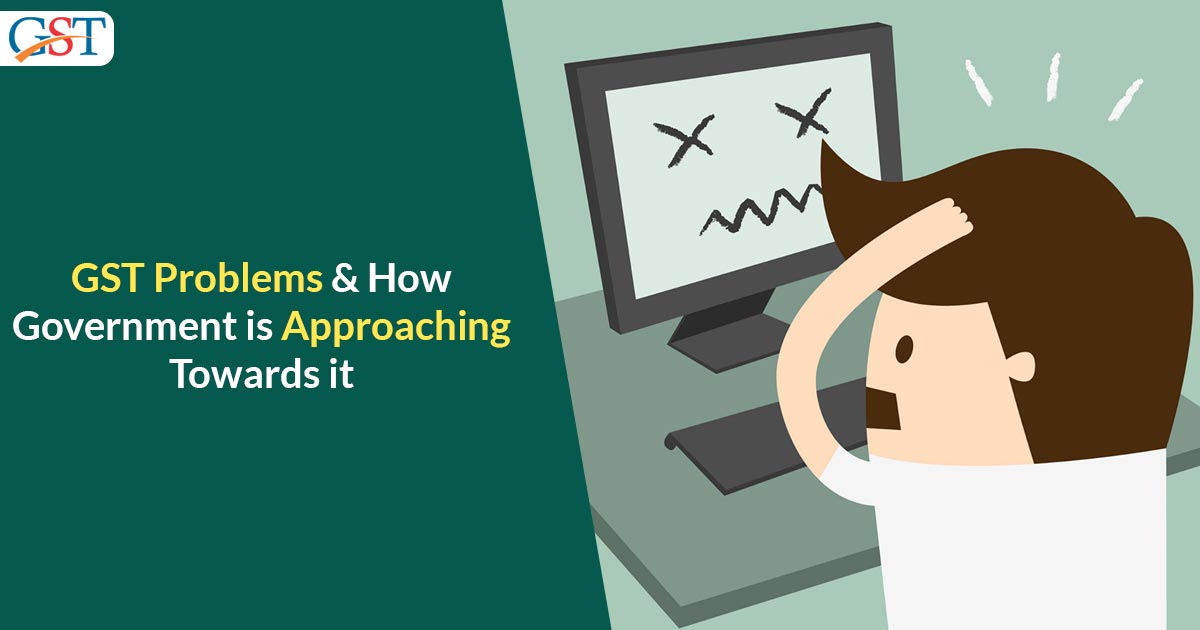The recent decisions made by the GST council related to levying 1% CESS in Kerala owing to disaster relief and removal of the input tax credit from the real estate sector are somewhat unsatisfactory. It can be considered as a step towards systematic erosion of the two strongest features of the current tax regime, which are transparency and simplicity.
The Increase From Three To Eight Rates
Before the GST launch, the Indian government has set up a panel head by the Chief Economic Advisor, Arvind Subramanian, who has been handed the responsibility to determine the most suitable rates that can be applied under the new GST regime. Mr Subramanian has proposed the idea to three different rates with 15% being the standard (for most of the items), a high tax rate for demerit goods, and a “low rate for daily essentials. However, as it turned out, the government has chosen to go with five different tax slabs which include 0%, 5%, 12%, 18% and 28%.
Adding to vows as being not satisfied, the Indian government came up with two additional rates that include 3% for gold and a minimal 0.25% for rough diamonds. Many financial pundits, mostly with a critical bent of mind, raising their eyebrows argued that it would favour Gujrati’s more in India. However, the past Sunday’s GST council meeting has taken a step ahead to introduce another rate of 1% for the sale of under-construction houses. So, now from three, what we have is eight different tax slabs, one can say a subtle misery for Indian masses!!
In order to make it more clear, the number of tax slabs does not affect the “One Nation One tax” concept of Modi-led Indian government where a single product will be charged with similar tax rates across the country. However, the gradually increasing tax slabs are something that would hurt the simplicity of the entire GST regime.
That being said, the Indian government has also not spared the concept of ‘One Nation One Tax‘. You may be wondering how? Let’s understand this. The Indian government during the time of Kerala’s devastating floods felt that it is important to provide additional financial support for rehabilitation to Kerala and its state government. The government had a whole lot of options available to proceed with the idea apart from the one that it chooses, which was imposing a 1% disaster relief cess.
Due to such move, for the next two years, the entire country will be divided into two in terms of applicability of tax. At one side, which is Kerala, the goods and services will be 1% more expensive, whereas on the other side, the rest of India, same goods and services will be cheaper by the same 1%. One can argue that it is just one-off cess in Kerala, but that is not good when it comes to setting an example to solidify in the tax system. Imagine a situation where each distinct state starts outcrying cess for every other natural disaster like cyclone cess, flood relief cess. As per the records, every state in India has a state disaster relief fund and the Central government too has a National Disaster Response Fund. So, as an opinion, one can suggest and everyone will agree that increasing budgetary allocations for such funds would be a better idea rather than spending recklessly on giant statuses and advertising campaigns by political parties ruling the state.
Increasing Abstruseness
Talking about casualties, transparency is the one who gets a major setback after the GST council’s temporary fixes to some of the critical tax problems. GST council’s decision made on Sunday to eliminate the input tax credit from the real estate industry will undoubtedly go a long way in terms of increasing abstruseness in this already gloomy sector. Generally, an input tax credit is claimed by companies for the tax, which is already included in the price of its input business inputs.
In the case of a fully-functional GST system, a government can easily cross-check the amount of credits that are required to be paid to a company by matching its invoices with the vendor invoices. Such a system is a true example of increasing simplicity and transparency in the tax regime. This is the third occasion or you can say a literal patchwork made by the GST council to eliminate the input tax provision.
Read Also: GST Council 1st Meeting to 33rd Meeting: All You Need to Know
Indian Finance Minister. Arun Jaitley was spotted saying that real estate developers were found to be not decreasing the prices even after government relaxations, which shows that they were taking unfair advantage of input tax credits. The same thing has happened earlier in the case of restaurants. In both cases, the Indian government has decided to opt for an easy option that is the removal of an input tax credit, which is not a permanent solution in long term. Instead of relying on the chosen body, the National Anti-Profiteering Authority and subsequent authorities, the council has himself taken the decision of input tax elimination, which, in the long run, will weaken the entire tax system.
The issue would not be a bigger one if it was a small industry like the restaurant or sanitary pads (a third industry where the input tax credit is eradicated). However, real estate is a bigger one, with a worth around INR 40,000 crore. One should also not forgot the fact cement, a critical element of this sector is charged with the highest tax rate of 28%, and will now be counterbalanced by credits.
While examining both the scenarios of disaster relief and anti-profiteering, it is clear that GST council is trying to ignore the established institutions of a rock solid tax system by doing some patchwork, possibly under the hoods too, which is indeed not an appropriate solution and will create more issues rather than solving the ones present.
